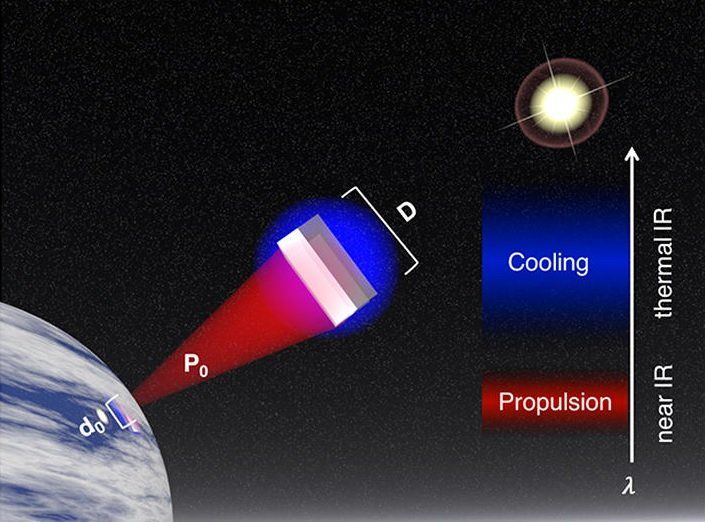
Almost anyone who has looked into the night sky has wondered if we could ever travel to the stars. Today, for the first time in history, we might be only decades away from sending a spacecraft to a star, reaching it within the 21st century. Here, Andreas Hein looks into the possibilities and challenges associated with getting to the stars and asks if humans will ever set foot on an exoplanet.
Flying to another star is incredibly difficult, first and foremost due to the distances involved. Imagine for a moment that the distance between our Sun and the Earth is one metre. The Sun would be the size of a grain of salt on this scale. Still, the closest star to our Sun, Proxima Centauri, would be more than 265 km away. At this scale, the farthest human-made object, the Voyager 1 probe, would be at a distance of about 141 metres from the Sun, increasing its distance by about 3.6 metres per year. In reality Voyager 1 flies at an astonishing velocity of 17 km/s; at this velocity, a flight to Proxima Centauri would take about 75,000 years. This timescale sounds hopeless but it does also mean that, in principle, we can already send spacecraft to other stars. Voyager 1 is heading towards the star Gliese 445 and Voyager 2 towards Sirius.
When we talk about interstellar travel however, we commonly mean that we can reach another star within an acceptable timeframe. What is an ‘acceptable timeframe’ though? The team that designed the Daedalus spacecraft, a hypothetical fusion-propelled interstellar probe, argued that an acceptable trip duration would be about the working life of a scientist, roughly 50 years. Breakthrough Starshot, an ongoing project for laser-propelled interstellar probes, is aiming at 20 years to Proxima Centauri.
Read more


















